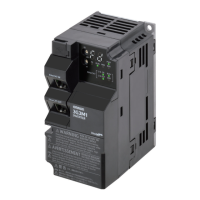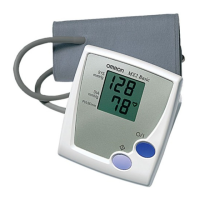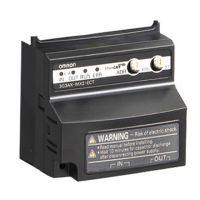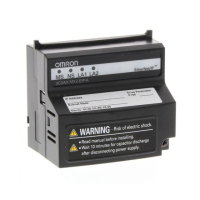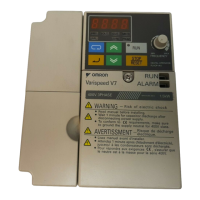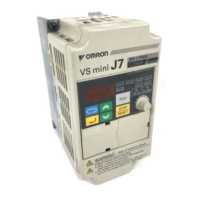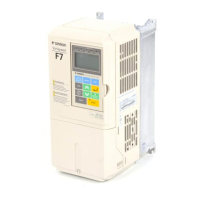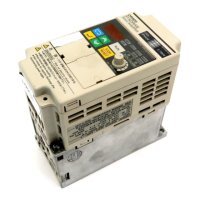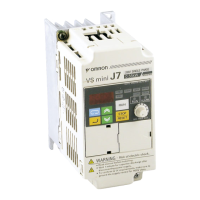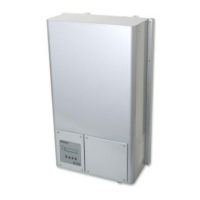⚫
Causes of harmonics
•
General electrical equipment internally con-
verts AC input power (commercial power) into
DC power. At this time, harmonic currents
occur because of the difference in the current
flow direction between AC power and DC
power.
•
In an AC-to-DC power conversion, the rectifier
converts the input power into a unidirectional
voltage, which is then smoothened by the
capacitor. As a result, the current charged into
the capacitor has a waveform that contains
harmonic components.
•
This inverter also performs an AC-to-DC con-
version as with other electrical equipment,
which allows current with harmonic compo-
nents to flow. In particular, the inverter has
more current than other equipment, so the
number of harmonic components in current is
larger.
⚫
DC/AC reactor
To suppress harmonic currents, use the DC (direct current) and AC (alternating current) reactors.
The DC/AC reactor functions to suppress a steep change in the current.
The DC reactor has a higher harmonics suppression ability, so even higher suppression ability can
be expected when used in conjunction with the AC reactor.
Suppressing harmonic currents also leads to the improvement in the power factor on the input or
output side of the inverter.
⚫
Before wiring
The DC reactor is connected to the DC power supply located inside the inverter. Before wiring, be
sure to turn off the power supply and make sure that the charge indicator is not lit.
Do not touch the interior of the inverter during inverter opertaion. Doing so may result in electric
shock or burn injury.
By factory default, a short-circuit bar is connected between the terminals +1 and –P/+. Before con-
necting the DC reactor, remove this short-circuit bar.
Note that the length of the DC reactor connection cable must be 5 m or shorter.
Remove the short-circuit bar only if you connect the DC reactor for use.
If you remove the short-circuit bar with the DC reactor unconnected, the inverter cannot operate
because no power is supplied to its main circuit.
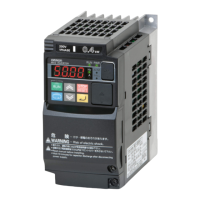
